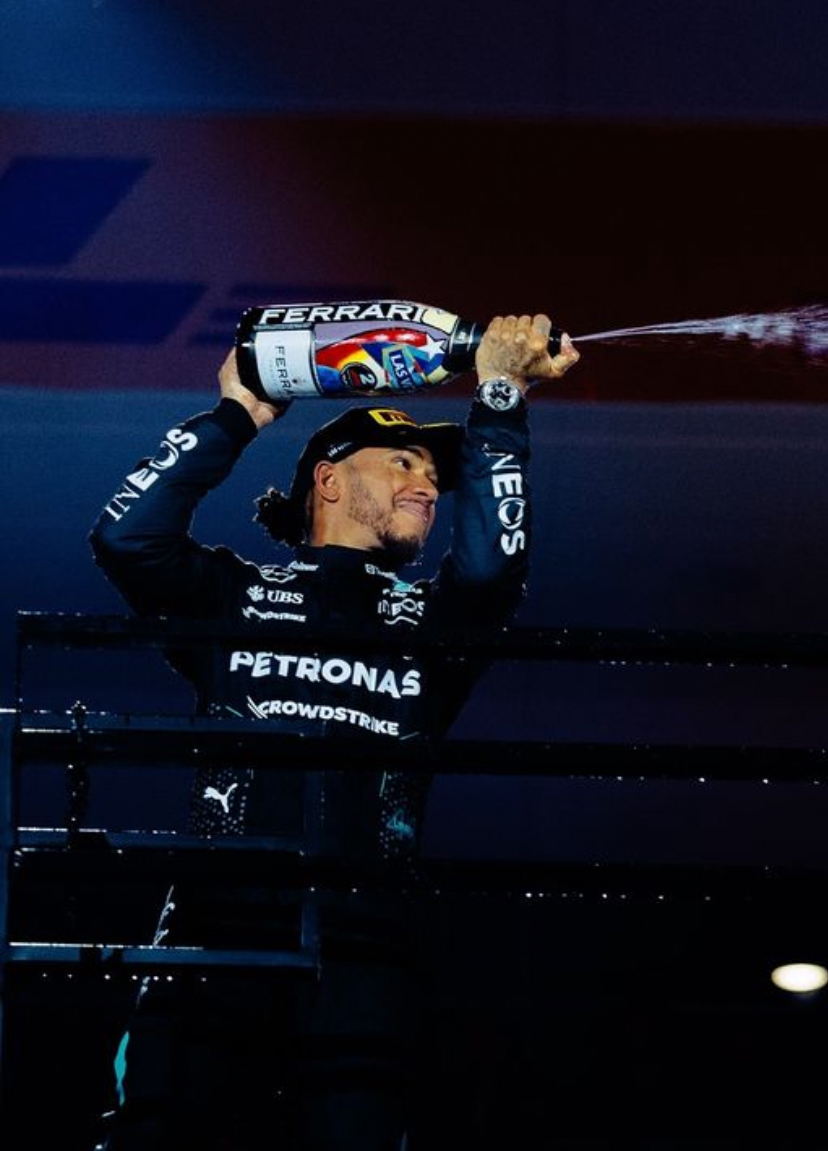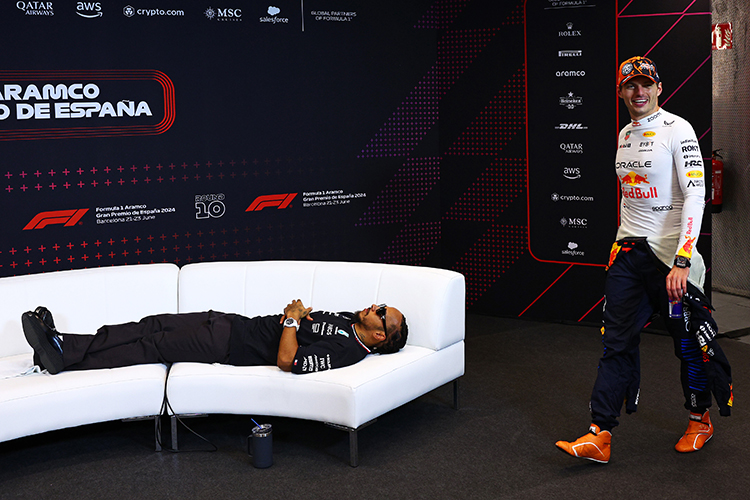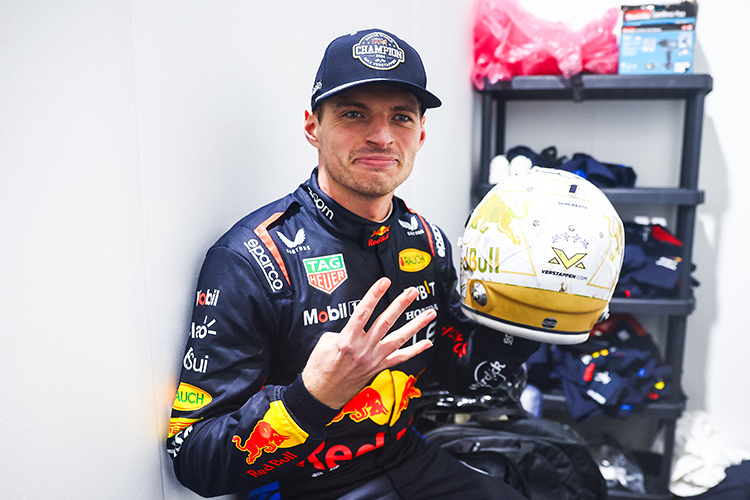How Many Reserve Drivers Can an F1 Team Have?

Formula 1 World Champions: A legacy of racing legends
How many reserve drivers can an F1 team have at one time?
Discover how many reserve drivers F1 teams can have and their crucial role in keeping teams competitive during the season.
In the high-stakes world of Formula 1, reserve drivers play an essential role in keeping teams competitive throughout the season. But how many reserve drivers can a team have at one time? While there’s no formal limit set by the FIA, the number of reserve drivers varies depending on a team’s resources, strategy, and partnerships.
What Is a Reserve Driver?
Reserve drivers, also known as test or development drivers, act as backups for the main driver lineup. They are on standby to replace regular drivers in case of injuries, illnesses, or other emergencies. Beyond that, reserve drivers are instrumental in performing simulator work to refine car setups and strategies throughout the season.
How Many Reserve Drivers Are Common?
Most Formula 1 teams typically maintain one or two reserve drivers. However, the number can vary based on team size and resources. For example:
- Red Bull Racing and AlphaTauri: These sister teams often share a reserve driver pool, drawing from their extensive junior driver program.
- Mercedes: In 2023, Mick Schumacher served as their main reserve driver, with additional shared agreements in place with Aston Martin.
- Ferrari: Ferrari integrates talent from their driver academy, such as Antonio Giovinazzi or Robert Shwartzman, as reserve options.
Smaller teams like Haas and Williams often rely on shared agreements with larger teams or utilize junior drivers from their academies as reserves.
Flexibility Is Key
Formula 1 teams are allowed to have as many reserve drivers as they can effectively manage within their logistical and financial capabilities. Reserve drivers may not always attend every race weekend, but teams typically ensure that at least one reserve driver is available at critical events. In some cases, reserve drivers serve multiple teams through collaboration agreements.
The Role of Experience
The selection of reserve drivers often depends on experience and availability. Some teams prefer seasoned drivers, such as Nico Hülkenberg, who famously stepped in as a "super-sub" for Racing Point in 2020. Others prioritize developing young talent through their driver academies, grooming future stars for the sport.
Why Not Have More Reserve Drivers?
While teams can technically sign multiple reserve drivers, practical constraints such as budget caps, simulator access, and resource allocation limit the number they can support. Maintaining a larger reserve driver pool requires significant investment, which is often reserved for other priorities within the team.
Conclusion
The number of reserve drivers a Formula 1 team maintains depends less on regulations and more on strategic decisions. Teams must strike a balance between having experienced backups for emergencies and nurturing young talent for the future. In a sport where milliseconds can define success, having the right reserve driver lineup can be a game-changer when the unexpected occurs.
Reserve drivers may not always take center stage, but their readiness and dedication make them vital contributors to the world of Formula 1.
Up Next


